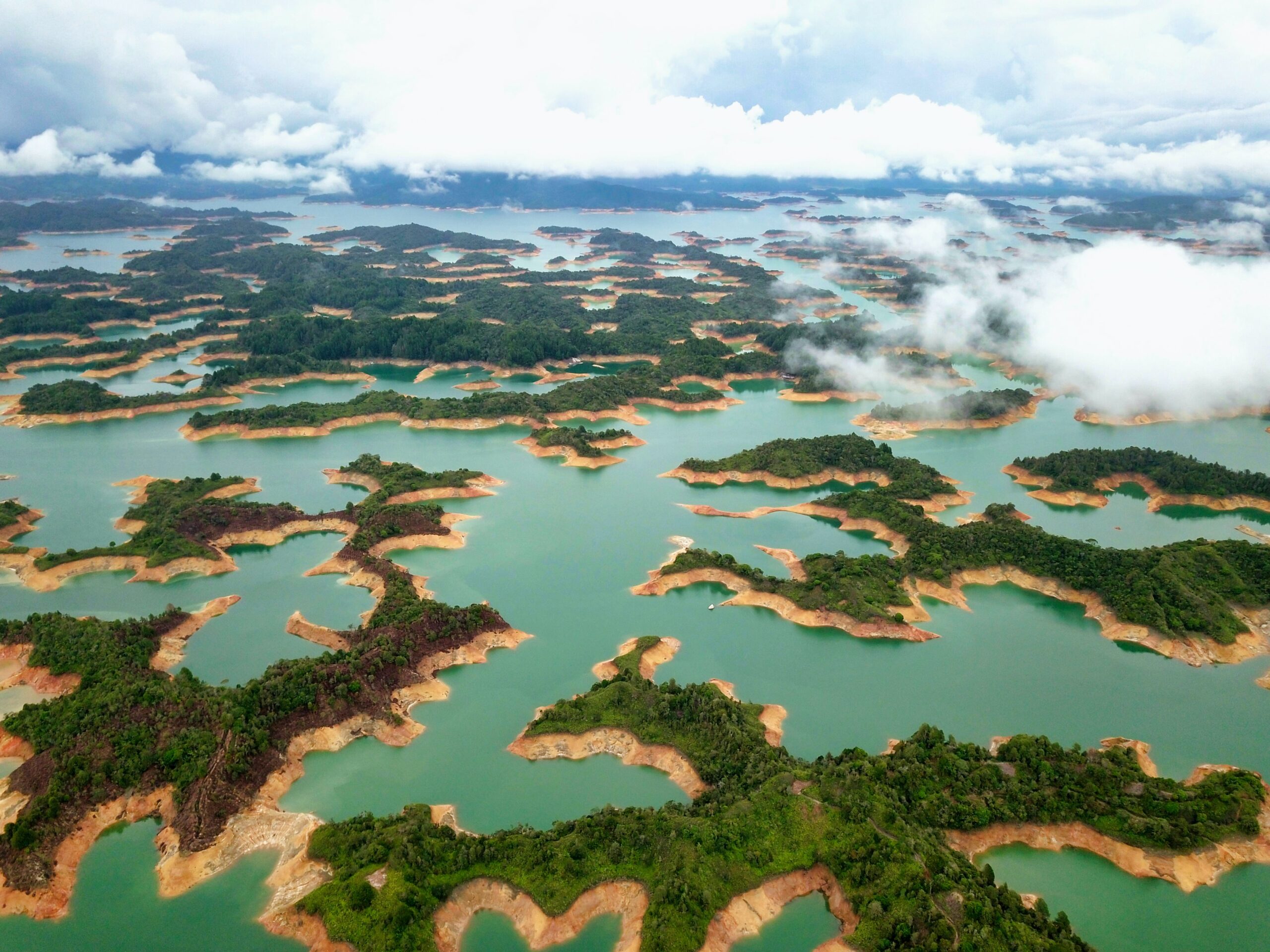
This article was originally published by Rewilding Britain.
These two great leaps in conservation thinking will help us face the environmental and social challenges of the 21st century argues Jonathan Spencer MBE.
“Two great leaps forward in conservation thinking were made in the opening years of this century; the development of ‘natural capital’ (and the ‘ecosystem service’ generated from these natural assets), and the promotion of ‘rewilding’ as a vigorous new way to address the biodiversity crisis on land and in the sea. Both approaches are setting the agenda for nature conservation and resource use for the 21st century; so how are the two concepts linked?
Fundamentally the adoption of natural capital thinking obliges us to place a real economic value on natural assets worldwide that hitherto had been neglected, regarded as free, or all too often treated as limitless. Rewilding, a more elastic concept interpreted in many different ways, proposes the adoption of largely unfettered ecological processes, moderated by environmental and social factors, and providing key insights into how present-day ecosystems might function in future natural landscapes.
“These two great leaps in conservation thinking will help us face the environmental and social challenges of the 21st century.”
Natural capital accounting poses many challenges for classical economic models, not least for its internalisation of intangibles, long time horizons and finite boundaries (we have only one planet). Nevertheless, it is an essential complement for the discipline of economics through recognition of the crucial role nature plays in supporting economic activity and, indeed, of civilisation itself.
Similarly, rewilding has challenged more orthodox conservation thinking, questioning the sharp division of landscapes into defined habitat types with clear and distinctive suites of associated species. It persuasively argues that historic land use practices can be replaced with more natural drivers of wildlife diversity. Both approaches are long overdue developments that will be of lasting importance as we face the environmental and social challenges of the 21st Century…”












